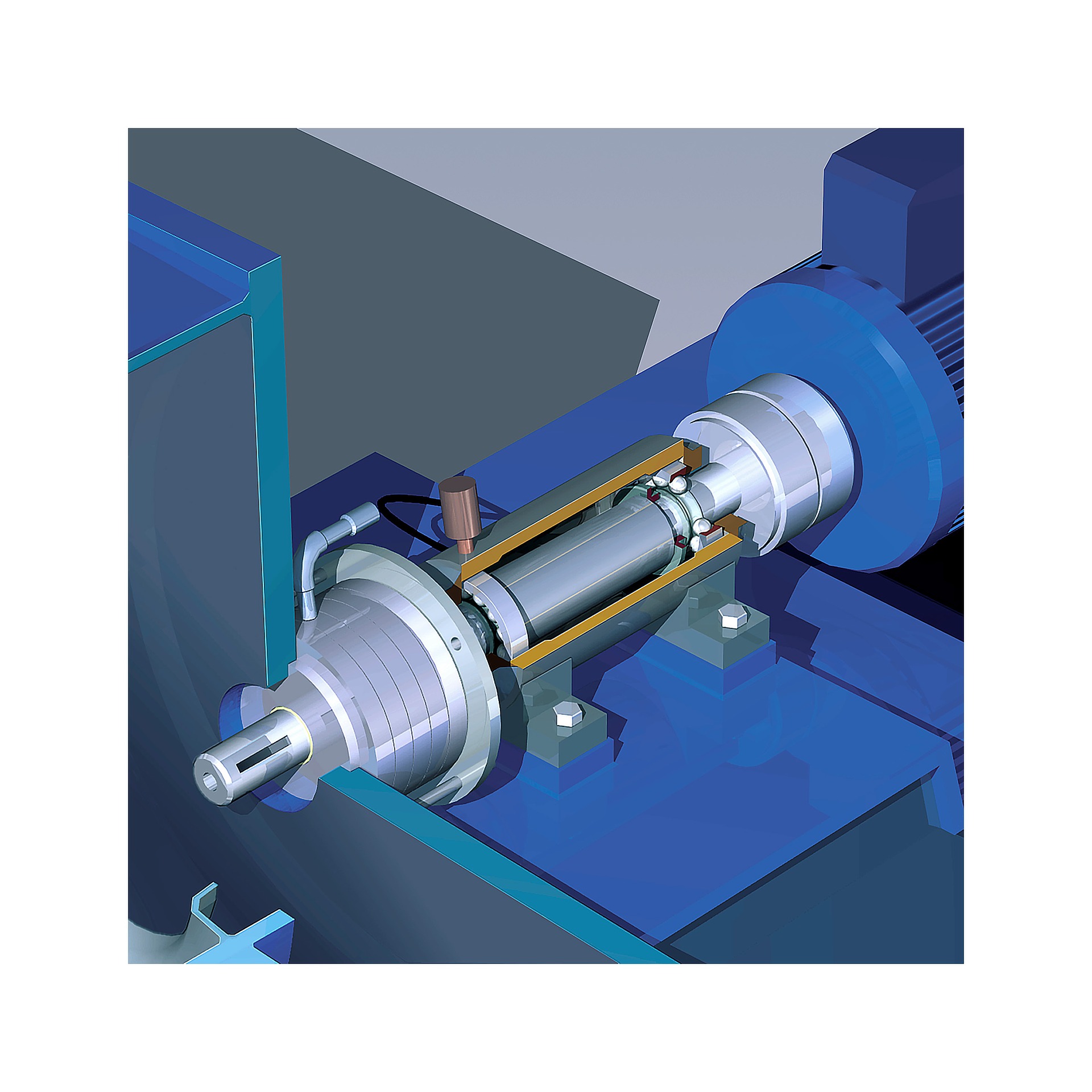Product design and development: rapid prototyping

Short description
The collaboration of the Design and Product Development Chair with the industry in addition to Croatian companies includes Slovenian companies. The collaboration was from 2007 to 2011 formalized through the Product Development Centre project.The industrial projects include:
consulting/design and introduction of CAx/PDM/PLM systems,
customization of commercial CAx/PDM/PLM systems to the specific needs of the client,
development of specific software systems to support design process and data management,
engineering design and computer aided modelling / analysis of the product,
knowledge management and innovation in product development.
In addition, the Chair has active collaboration with industrial partners on:
rapid prototyping,
counselling and education in the field of improvement of the existing product portfolio and development process.
Results of the collaboration are recorded as numerous professional publications.
Contact person: Prof. Mario Štorga, PhD, mario.storga@fsb.hr
Long description
Printing technology used by this device is FDM (Fused Decomposition Modeling). ABS (Akrilontril/butadiene/styrene) wire is introduced into the temperature-controlled machine in which the head is heated to a semi-liquid state. The heated material is then extruded through a die in a thin layer. At the same time, the support structure is created by a material that is extruded from the second nozzle. The fundamental advantages of this method are quick and inexpensive prototyping, no negative impact on the environment (no toxic gases), and rapid change of the working material. The downside of this procedure is precision that is the limited by the thickness of the layers (i.e.,. the thickness of the wire material).The minimum layer thickness is 0.254 mm, a support layer of 0.33 mm. It is especially necessary to emphasise the maximum possible dimensions of the prototype which are: 203 x 203 x 305 mm.
The process of creating prototypes by this device is as follows. Once after in CAD tool a computer model of the product is created, the.STL Record file geometry in a standard format for rapid prototyping should be computed. Such generated STL file is loaded into the program application Catalyst, which will prepare and control the physical prototyping. The Catalyst selects the orientation of prototypes and produces the code to print the prototype made of layers of given thickness. The application can also define the type of support structure. The created software code is then loaded into the rapid prototyping machine. After producing the product, it is necessary to remove the extra material.
Member:
University of Zagreb, Faculty of Mechanical Engineering and Naval ArchitectureIvana Lučića 5
Zagreb
Croatia
Interests
- Construction
- Nautical equipment
- Engineering and design